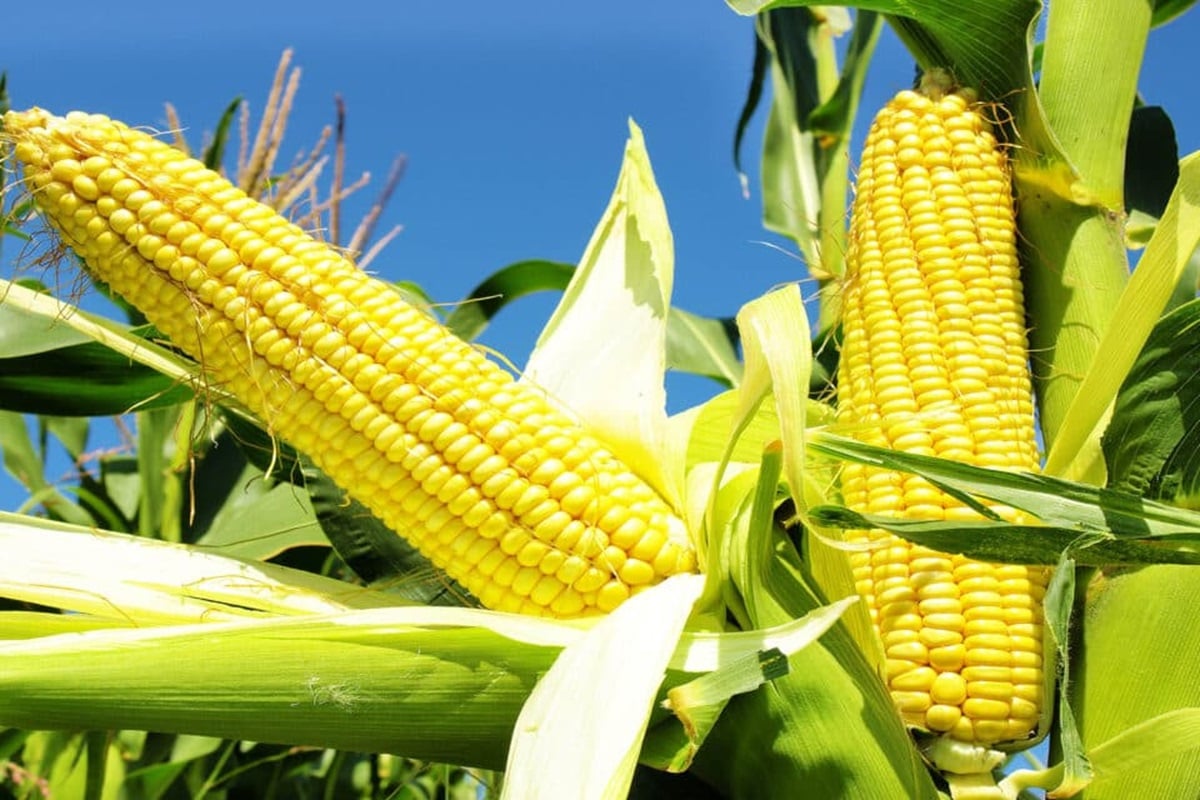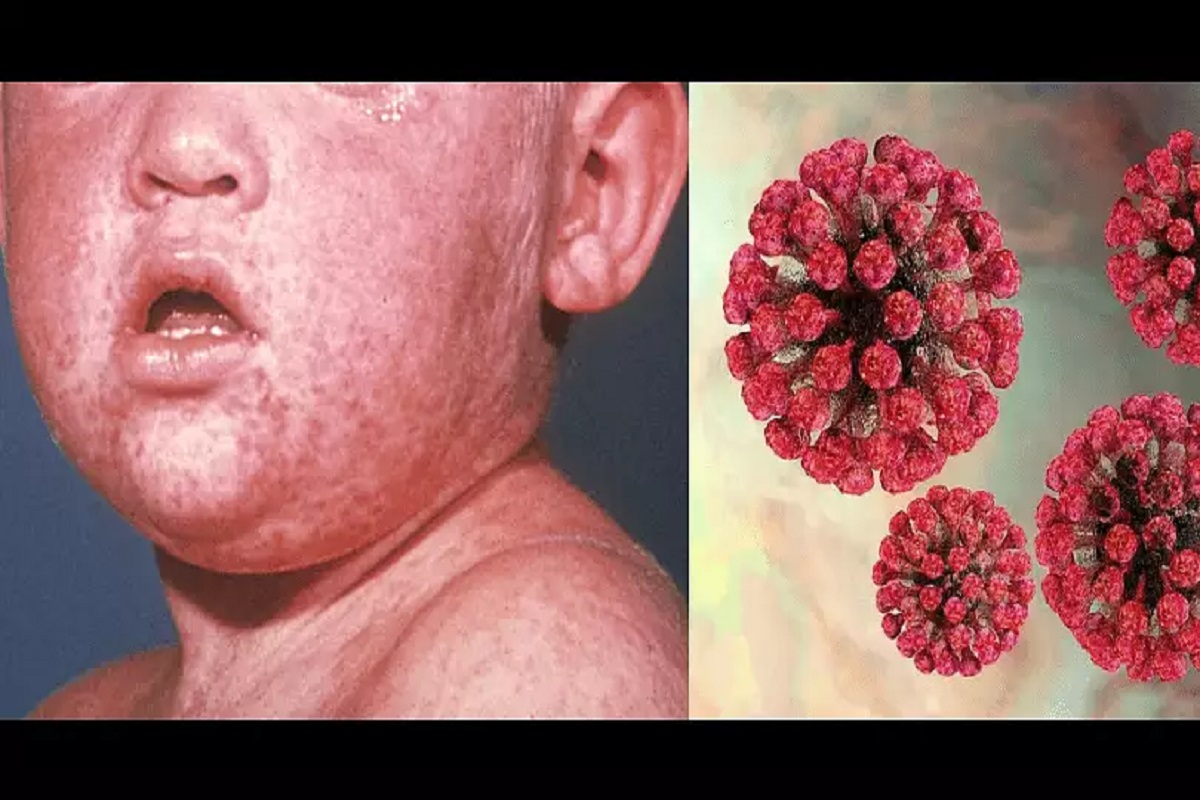Cox’s Bazar has the longest attractive sea beach in the world. The unique red crabs here fascinate tourists all the time. A few years ago, many red crabs could be seen at Sugandha, Kalatali, and Lavanya points in Cox’s Bazar. This attracted both local and foreign tourists.

Less rainfall and higher temperatures are making things worse for the red crabs. Illegal fishing on the coast of Cox’s Bazar is another big threat to them, especially with the use of prohibited nets. If the population remains low but the natural environment improves, the red crabs can still breed well. Several programs are being implemented to protect biodiversity and help these crabs thrive.
The red crab is known as the silent watchman of nature. It eats dead plants and animal parts, adding nutrients to the soil and maintaining the nutrient cycle. It also helps increase soil aeration, playing an important role in protecting coastal forests.
However, horse riding on the beach is destroying the crabs’ nests and affecting their reproduction process. Ocean pollution is one of the main enemies of red crabs in Cox’s Bazar. The polluted water has had a huge negative impact on the lives of these crabs. Climate change is also a threat to their existence. Recently, the temperature in Cox’s Bazar has increased due to reduced rainfall.


